Electric Guitar Setup Tour. Worth £90 ( Included FREE On Every Guitar Sold )
As always it is really important to stress that I am not the technician and in writing up any kind of overview of what goes on in the workshop is dependant on my own personal knowledge (memory) of their work and my 16 years being around the workshop looking on with interest. In other words, don’t pick holes in my descriptions!! lol
Every single guitar will have its own individual needs and requirements depending on what comes out the box and what the player requires in terms of setup.
The following guitar happens to be a Godin XTSA which is a regular visitor to our workshop due to my specialist knowledge of Godin guitars which I send all around the World.
The illustrations are not in the order in which they are done but are representative of the various measurements, modifications and adjustments that are required to make the instrument play to its best.
Even in putting this together I noticed things that I haven't photographed! For example adjusting the truss rod or adjusting the intonation screws - so this is literally a general overview but hopefully will be enough to demonstrate why a guitar from Richards Guitars will play to such a high standard - and remember - every setup is per the customers specification.
So here goes - starting at the end of course!!
Final tune up and of course the tuning is so much more stable now we have the string slots cut to perfection

Adjusting the tension on the trem springs to meet the customers setup requirement

Checking the relief using a feeler gauge and straight edge

The final polish. We also use a guitar style “t-cut” on guitars which have been poorly finished, enabling us to get a super high quality sheen on the most scratched of surfaces (particularly useful on second hand guitars)

Balancing the pickups is also very important – here he is checking the front pickup height.

The most common cause of tuning instability is a poorly cut nut. A well cut nut will improve tone, improve the setup of the guitar and keep the guitar in tune longer. A vital and time consuming aspect of our setup service.

Checking the intonation with a tuner at the 12th fret.

A sanding block is applied to ensure continuity to fret height, frets are then individually fettled as required

Locating “pivot points” which help pin point high frets which may require localised fret work

Taking off the sharp burs often left behind in mass production. This gives a really smooth played in feel.

Masking tape and used string containers may not look pretty but do the best job for protecting the body of the guitar during setup!

Checking the output volume per pickup and making sure the switching does what it should do.

Checking the action (string height above the frets) at the 12th fret.

Adjusting the individual string height adjusters for optimum playability

So there you go – that's an overview at a glance. Each guitar will take the technician around 1-2 hours to complete. I believe this level of detail is unique to my business, certainly when you combine this with my live help facility providing backup and support most hours.
If you are looking to buy a guitar that I sell, I would hate for you to consider buying it anywhere else - The setups on the guitars I sell are at the heart of the service I offer and backed up by my own diligent approach to pre and post sale service.
I hope this pictorial tour has helped you understand a little more about the work that goes into an electric guitar pre sale, new or used.




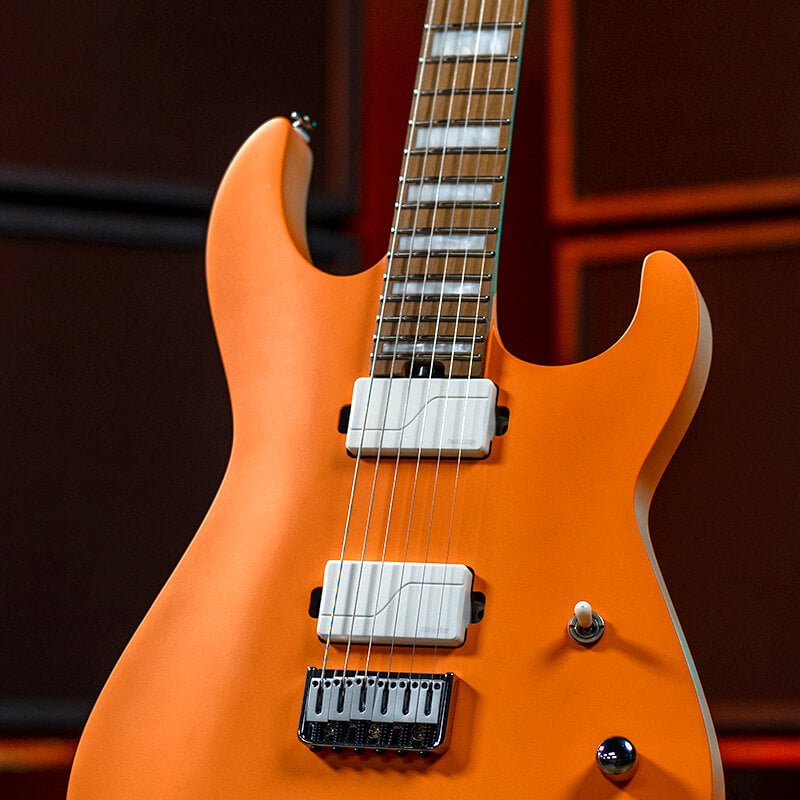














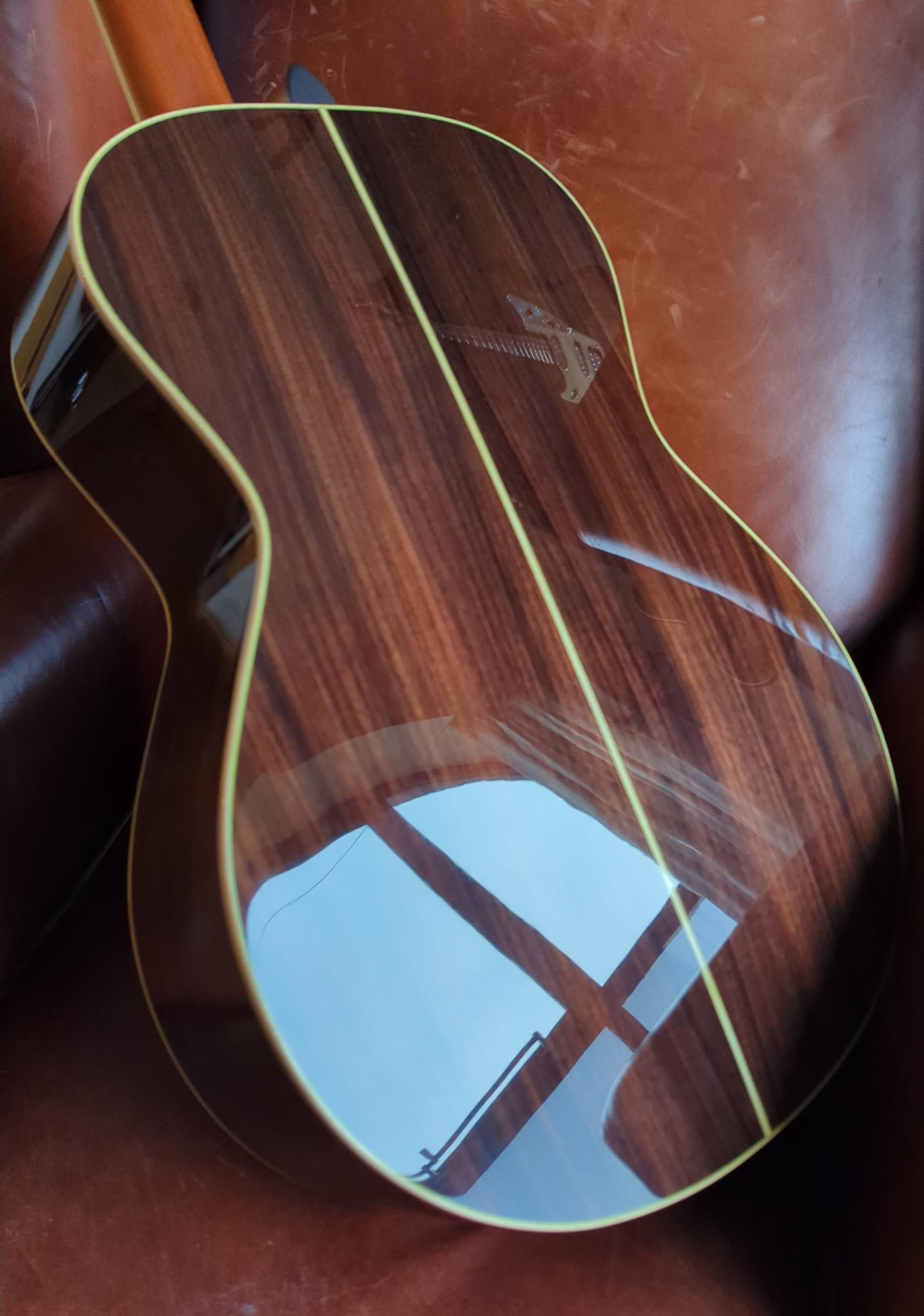


![Gordon Smith GS2 Deluxe Export 2019 [used] A1 Condition - Richards Guitars Of Stratford Upon Avon](http://rguitars.co.uk/cdn/shop/files/gordon-smith-gs2-deluxe-export-2019-used-a1-condition-4323398.jpg?v=1766153718&width=1072)
![Gordon Smith GS2 Deluxe Export 2019 [used] A1 Condition - Richards Guitars Of Stratford Upon Avon](http://rguitars.co.uk/cdn/shop/files/gordon-smith-gs2-deluxe-export-2019-used-a1-condition-9502671.jpg?v=1766153718&width=899)


![G&L USA Made ASAT - late 80s/early 90s [Used] - Richards Guitars Of Stratford Upon Avon](http://rguitars.co.uk/cdn/shop/files/gl-usa-made-asat-late-80searly-90s-used-1091932.jpg?v=1761670676&width=1378)
![G&L USA Made ASAT - late 80s/early 90s [Used] - Richards Guitars Of Stratford Upon Avon](http://rguitars.co.uk/cdn/shop/files/gl-usa-made-asat-late-80searly-90s-used-7964817.jpg?v=1761670677&width=1828)
![Eastman AC630 - SB [Used] - Richards Guitars Of Stratford Upon Avon](http://rguitars.co.uk/cdn/shop/files/eastman-ac630-sb-used-5743157.jpg?v=1760421581&width=1080)
![Eastman AC630 - SB [Used] - Richards Guitars Of Stratford Upon Avon](http://rguitars.co.uk/cdn/shop/files/eastman-ac630-sb-used-2967411.jpg?v=1760421593&width=1569)
![Fender American Standard Telecaster 2012 - Natural [Used] guitar for sale uk](http://rguitars.co.uk/cdn/shop/files/fender-american-standard-telecaster-2012-natural-used-4379607.jpg?v=1760421498&width=1614)
![Fender American Standard Telecaster 2012 - Natural [Used] guitar for sale uk](http://rguitars.co.uk/cdn/shop/files/fender-american-standard-telecaster-2012-natural-used-1429240.jpg?v=1760421497&width=1512)
![Fender American Professional II Jazzmaster - Dark Night [Used] guitar for sale uk](http://rguitars.co.uk/cdn/shop/files/fender-american-professional-ii-jazzmaster-dark-night-used-6840250.jpg?v=1760421430&width=1602)
![Fender American Professional II Jazzmaster - Dark Night [Used] guitar for sale uk](http://rguitars.co.uk/cdn/shop/files/fender-american-professional-ii-jazzmaster-dark-night-used-4375294.jpg?v=1760421432&width=1476)
![Guild Brian May "Red Special" Limited Edition - early 90s - One of 1000 [Used] guitar for sale uk](http://rguitars.co.uk/cdn/shop/files/guild-brian-may-red-special-limited-edition-early-90s-one-of-1000-used-6139630.jpg?v=1760421357&width=1492)
![Guild Brian May "Red Special" Limited Edition - early 90s - One of 1000 [Used] guitar for sale uk](http://rguitars.co.uk/cdn/shop/files/guild-brian-may-red-special-limited-edition-early-90s-one-of-1000-used-9797150.jpg?v=1760421365&width=1644)







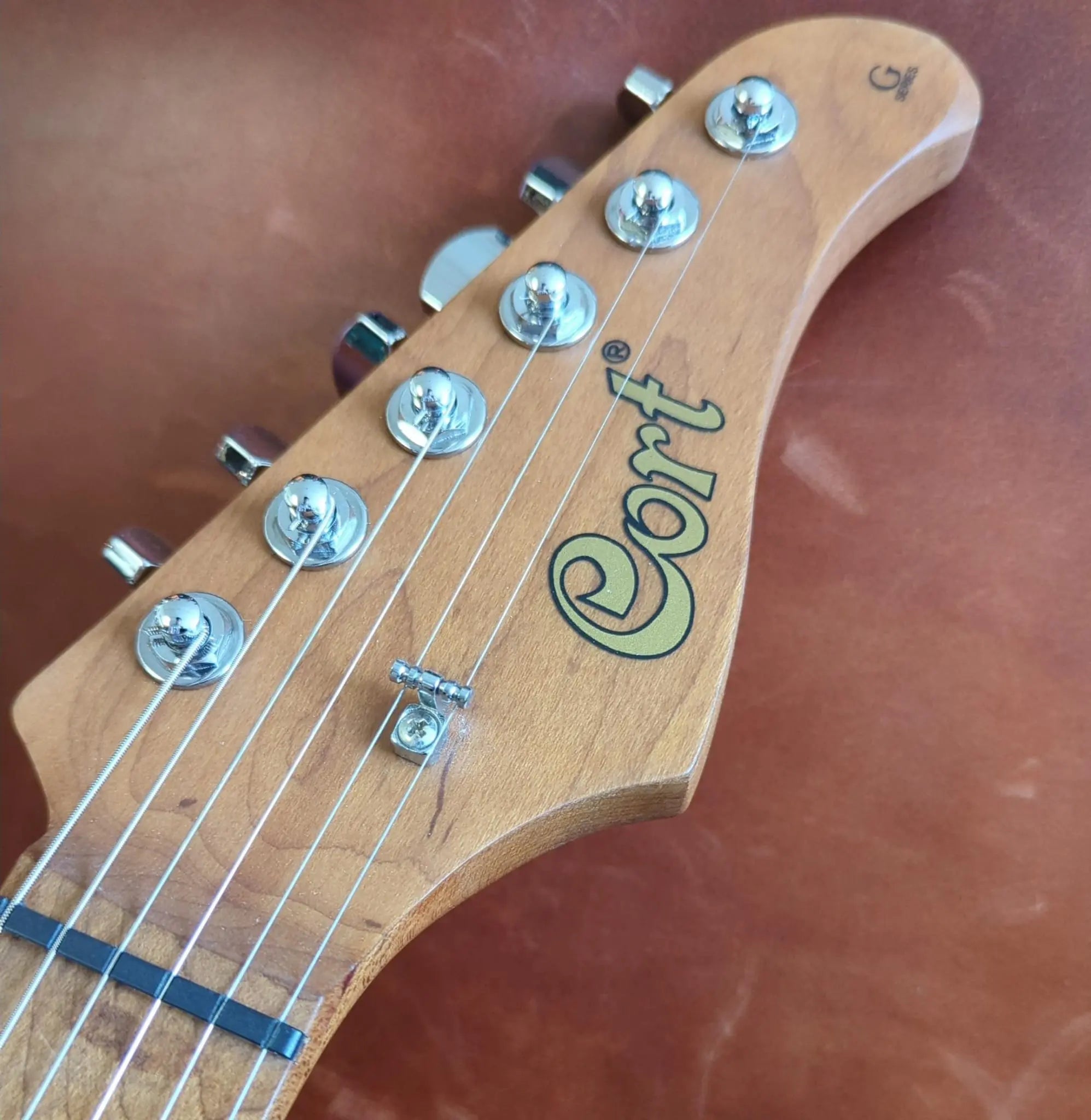






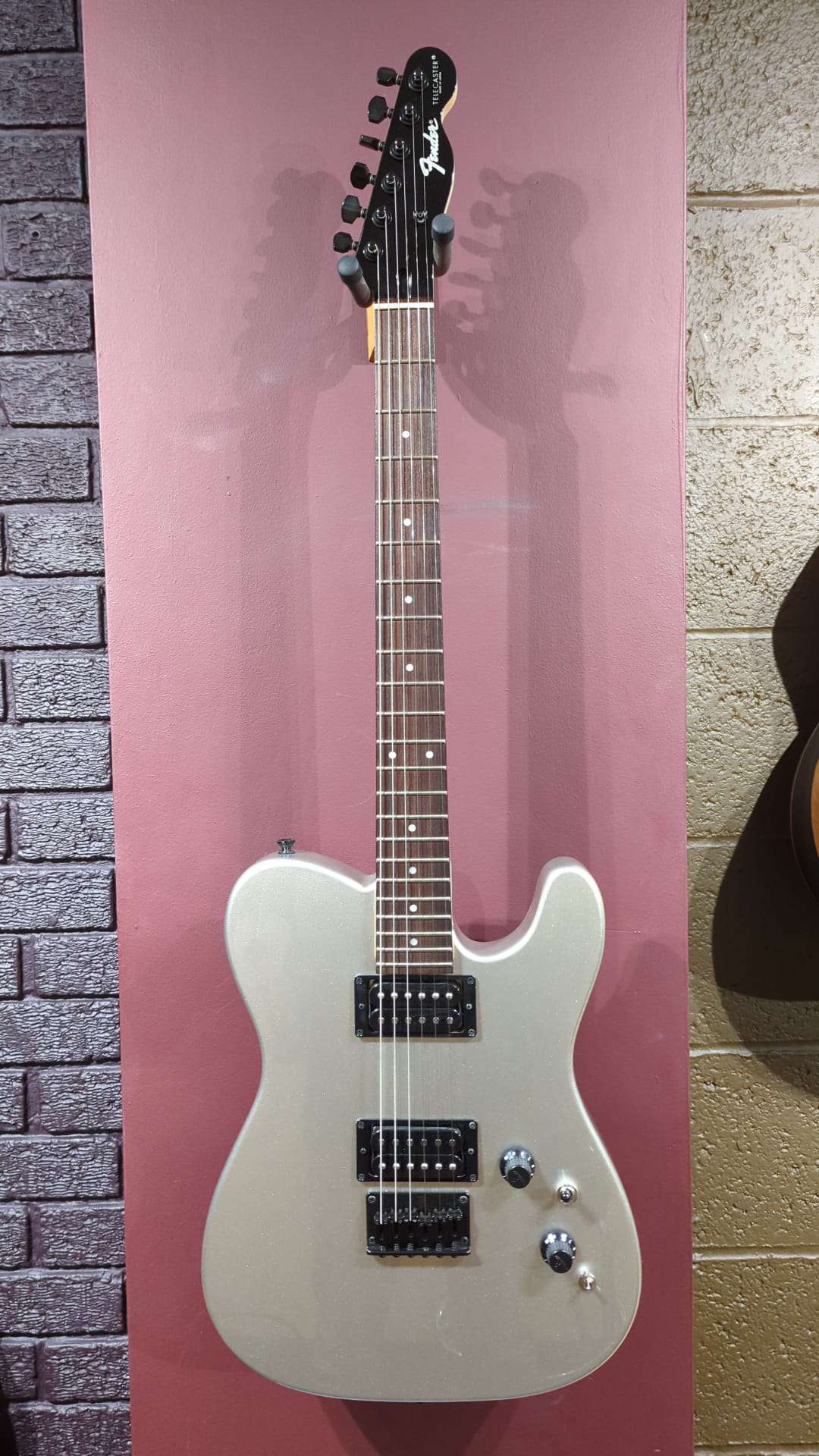





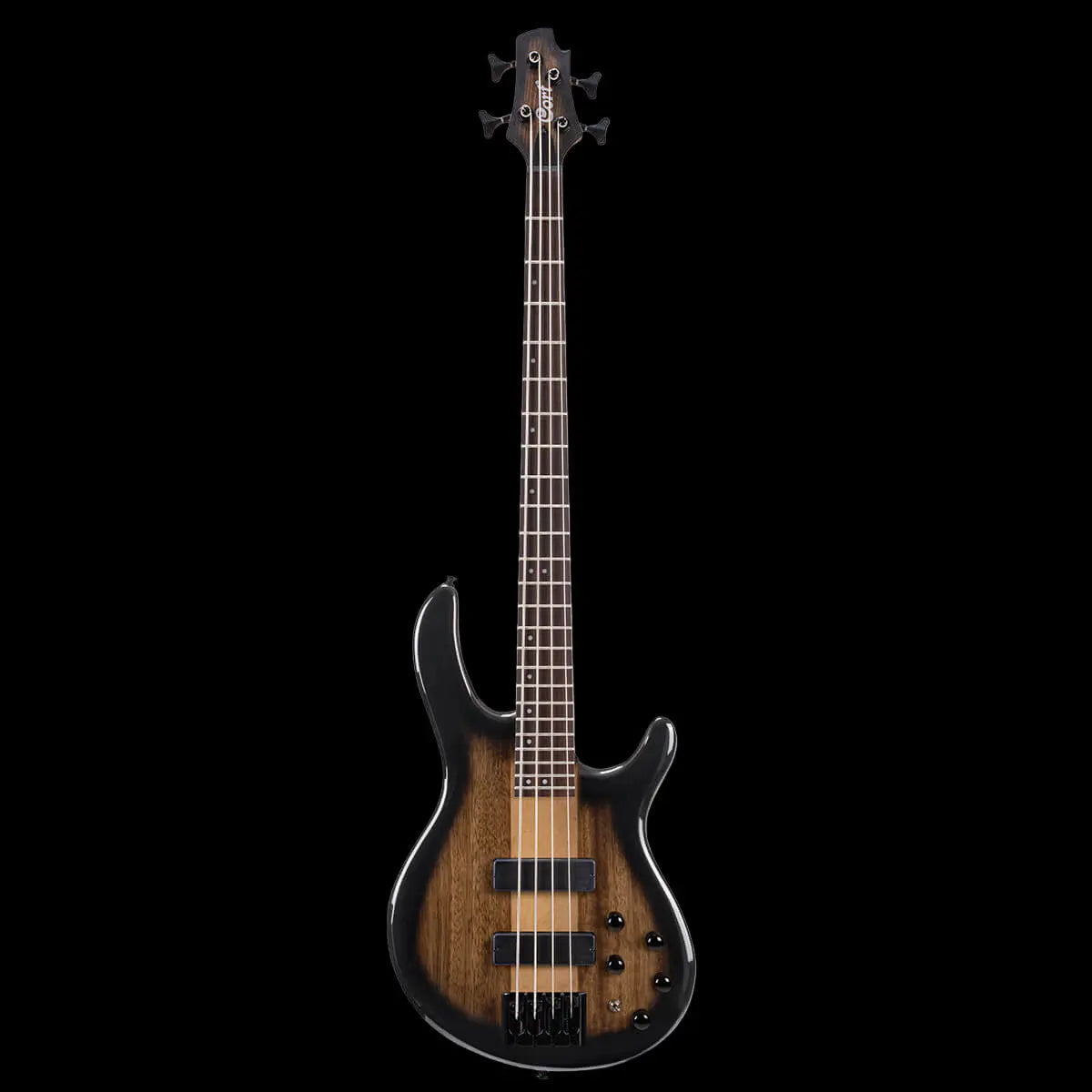












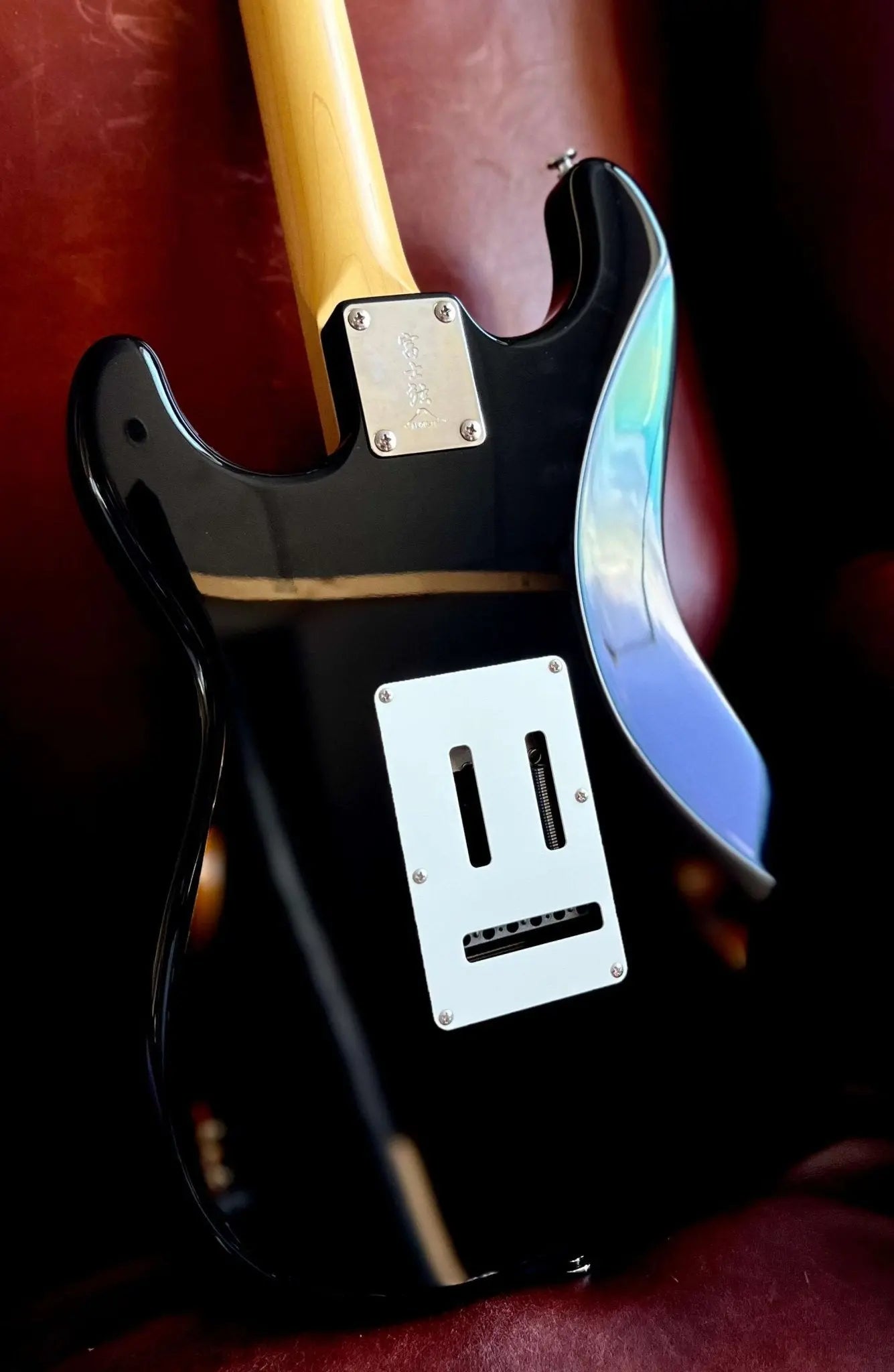











Leave a comment
This site is protected by hCaptcha and the hCaptcha Privacy Policy and Terms of Service apply.